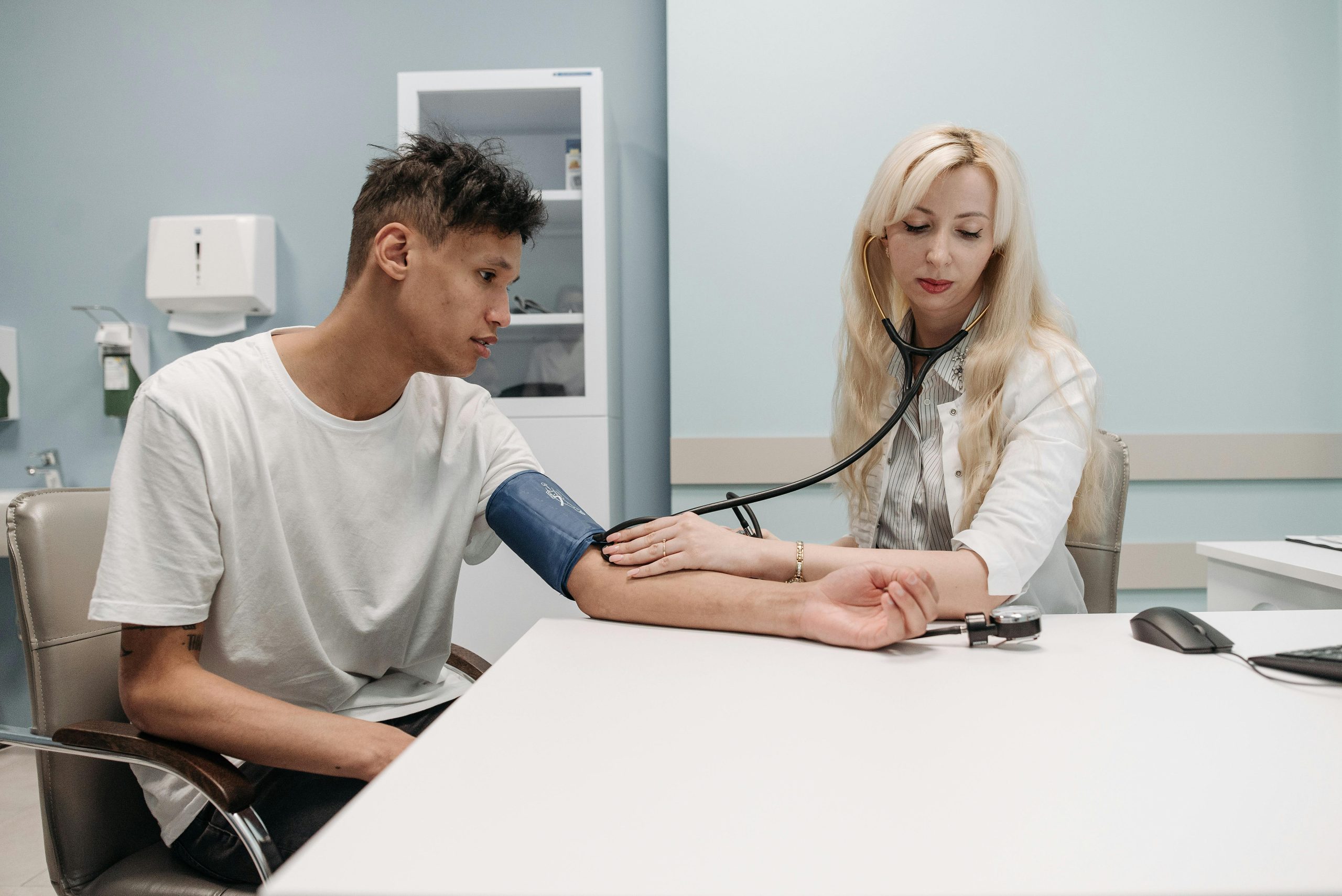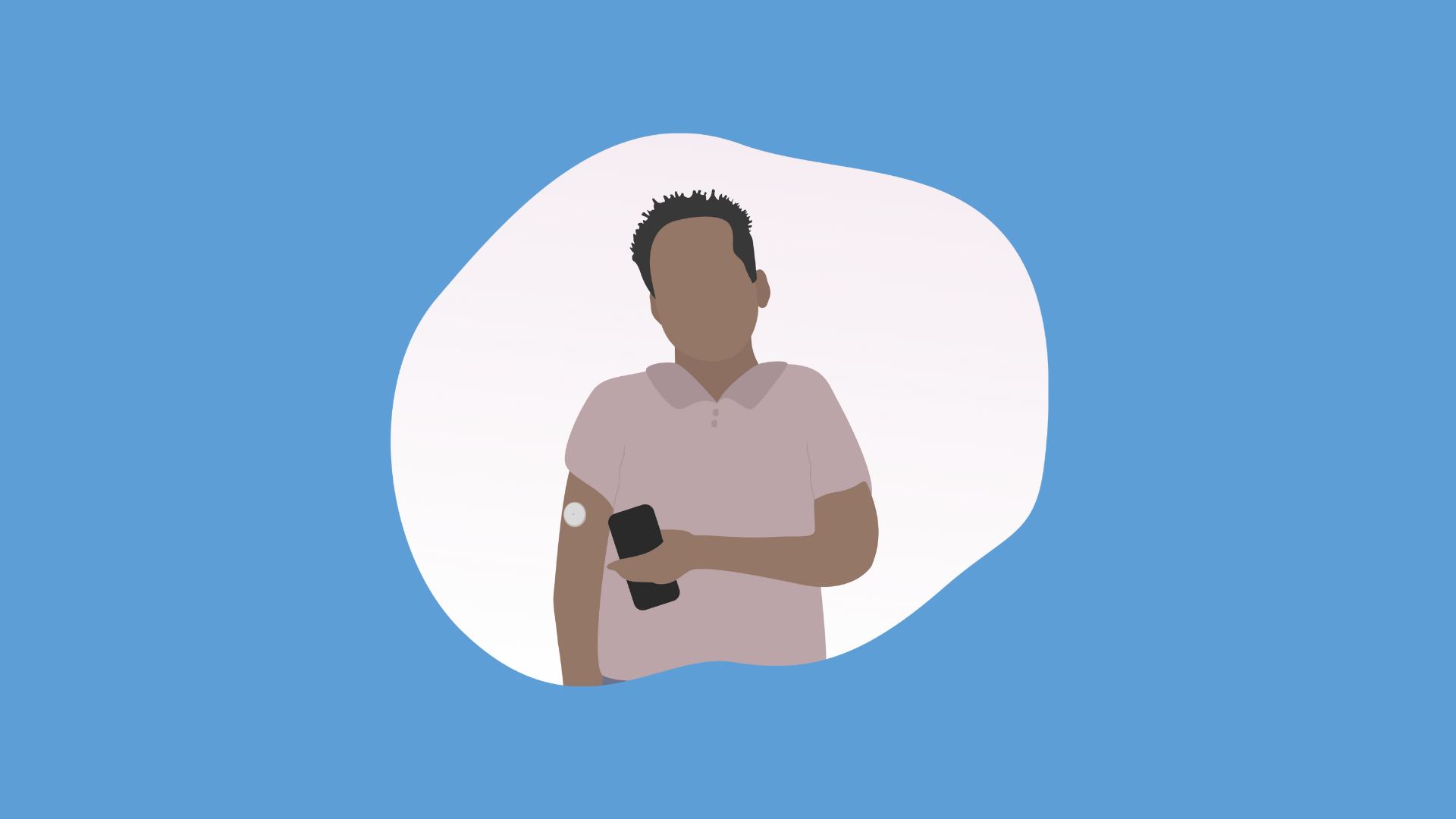High blood pressure, also known as hypertension, is when the pressure in your blood vessels is high and your heart must work harder than normal to pump blood throughout your body to deliver oxygen and nutrients. For most, normal BP is less than 120/80.
High blood pressure is common in people with diabetes, as well as those who are overweight, have had heart disease, stroke, or have family members with high blood pressure. The majority of people with high blood pressure don’t have any symptoms. Some may report headache, feeling tired, or feeling unwell. Complications include an elevated risk for heart disease, heart failure, atrial fibrillation, stroke, kidney disease, dementia, and eye disease. The risk of complications can be lowered by lowering blood pressure, ideally to less than 130/80.
There are many safe and effective medications that can lower blood pressure in people with diabetes. In addition, physical activity, weight loss if overweight, stress reduction, stopping smoking, minimizing alcohol and salt intake, and a diet high in fruits, vegetables, low-fat dairy products, nuts, legumes, and grains may help lower blood pressure.
In summary, there are many ways to lower blood pressure and the chance of serious health problems in people with diabetes. Your healthcare provider can personalize the approach that would work best for you.
Access a downloadable PDF article on managing your blood pressure.



